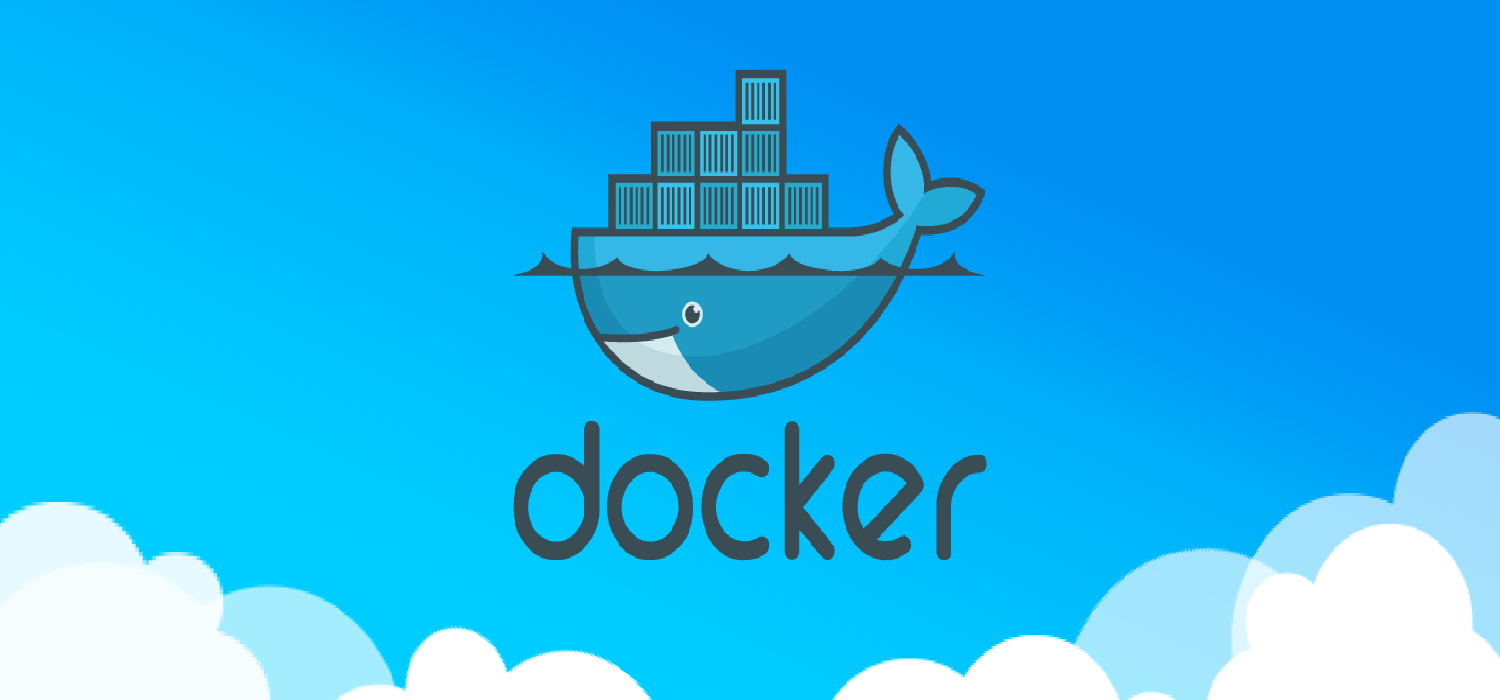
Containers are gaining a lot of tractions amongst the IT leaders and their adoption is also seen to be increasing year on year. The attention is for a good reason as containers can make a significant impact on the development and production environments leading to reduced infrastructure cost and time to delivery.
According to a recent survey, 47% of the CIO’s surveyed are considering deploying containers in their production environment and Docker tops their list of preference when it comes to containerization. Moreover, according to Docker 3.5M+ applications have been placed in containers using Docker and over 37B containerized applications have been downloaded till date.
Here is why Docker has proven so massively popular amongst the IT development teams and the business benefits which are being realized by the enterprises using Docker which can’t be achieved from regular virtual machines.
Realizing the Benefits of Containerization with Docker
Cost Savings
As Docker helps in reducing the number of servers, enterprises can dramatically reduce their infrastructure requirements and also the number of resources needed to maintain them. This leads to reduction in server cost along with the cost of employees needed to maintain them. Hence, organizations can save on both top line and bottom line, thereby increasing the RoI
Increased Productivity with Standardization
The biggest advantage of a Docker-based architecture is standardization which allows all the engineers to work in a production parity environment. By standardizing the service infrastructure across the entire pipeline, the team members can efficiently analyze and fix bugs within the application. This increases the team’s productivity as it enables them to focus on feature development rather than wasting time on bug identification and fixing.
Portability
Docker containers are able to run virtually anywhere thereby easing the development and deployment on operating systems, virtual machines, developer’s machine, in data centers on-premises or in the public cloud. The widespread popularity of the Docker image format for containers further helps with portability.
CI for Faster Deployments
Docker enables teams to build a container image and use that same image across every step of the deployment process. Also, Docker creates a container for every process and does not boot the Operating System. This allows developers to run the non- dependent steps in parallel and thus reduce the deployment time drastically.
Ease of Management
When in a Docker container, images run in the same way irrespective of the server or the laptop. Hence developers do not need to spend time on setting up environments, debugging environment-specific issues, and have a portable and easy-to-set-up codebase. This not only saves time but also makes the production infrastructure more reliable and easy to maintain.
Security
Applications that are running on Docker containers are completely isolated and segregated from each other. Hence no Docker container has any connection to the processes running inside the other container. Now in case if any one application is hacked, there will be no impact on the applications that are running on the other containers. Thus Docker ensures that all the applications are running securely independent to each other.
Portability across Platforms
Docker’s portability across platforms is highly embraced by all major cloud computing providers like Amazon Web Services (AWS) and Google Compute Platform (GCP). The reason behind this is that Docker containers can run inside any cloud instance provided that the host OS supports Docker. As a result, a container running on an Amazon instance can easily be ported to a difference cloud instance while ensuring similar consistency and functionality is achieved.
Real World Docker Implementation Example
A US based Service Management Company wanted to increase their infrastructure efficiency by migrating applications from on-premise VMware environment to a secured & scalable AWS cloud. Migration along with Dockerization enabled them to drastically reduce their infrastructure size by 40%. Also the containerized architecture enabled them to meet their workload environments and thus helped them in saving cost. More details on the implementation is available at https://www.cloudjournee.com/case-studies/
Summary
Though the benefits of containerization using Docker are huge, many organizations have not yet achieved the necessary operational maturity to support container deployments, limiting their ability to succeed with containers. Also, container initiatives require additional resources, which IT leaders often struggle to secure.
The best way to cope up with these challenges is to engage with a Docker service provider who can help in reaping the complete benefits that Docker can provide. CloudJournee has specialized skills in Docker which has helped organizations achieve higher operational efficiency while significantly reducing TCO. More information on CloudJournee’s Docker services can be availed at https://www.cloudjournee.com/docker-services/


